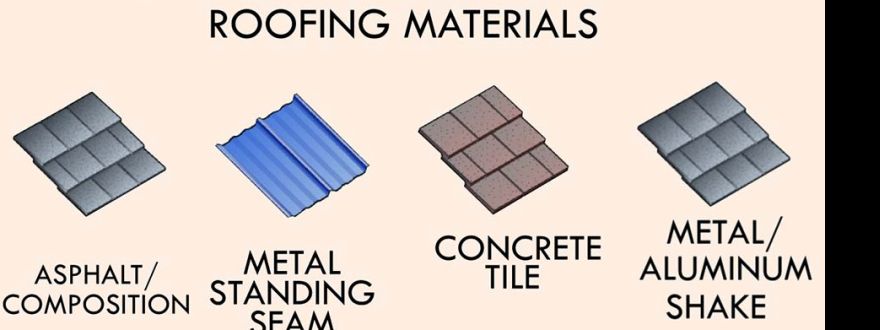
Roof type and material
Insurers often factor the type of roof and quality of material into their rebuild costs. Roofs made of slate, tile, concrete shingles, or metal offer the best protection, but also cost the most to replace. Still, roofs that perform better will generally cost less to insure because you're less likely to have a claim.
Here's how roof types rank for most states (from lowest to highest insurance cost):
Metal
Durable and fire resistant, metal roofs are usually the most appealing to your insurance company.
Slate/Tile
Slate is resistant to fire, rotting, and insects, and requires little maintenance. Tile may crack more easily, but it provides quality insulation and won't rot or burn.
Asphalt shingle
The most common roof type based on affordability and relatively long life span, but will decay more easily than metal or slate roofs.
Wood
Comprised of shingles or shakes, wood roofs aren't fire resistant. Some insurance companies may not cover a wood roof or may require you to apply a fire retardant to get coverage.
Age
It goes without saying—the newer the roof, the better your home insurance rate. Old roofs are insurance risks, and some insurers may refuse to cover an old roof.
Shape
While it may not be as important as the material, your roof's shape could also impact your home insurance price. The most common roof shapes are gable and hip.
Gable roof
Looks like an upside-down V, can be vulnerable to high winds, and may cost more to insure.
Hip roof
Usually has four sides and costs more to build; however, its resistance to wind may help bring down your insurance price.
Flat roofs
These are not as common as other types.



